Home>Gardening & Outdoor>Landscaping Ideas>What Are Wheat Grass Shots Good For
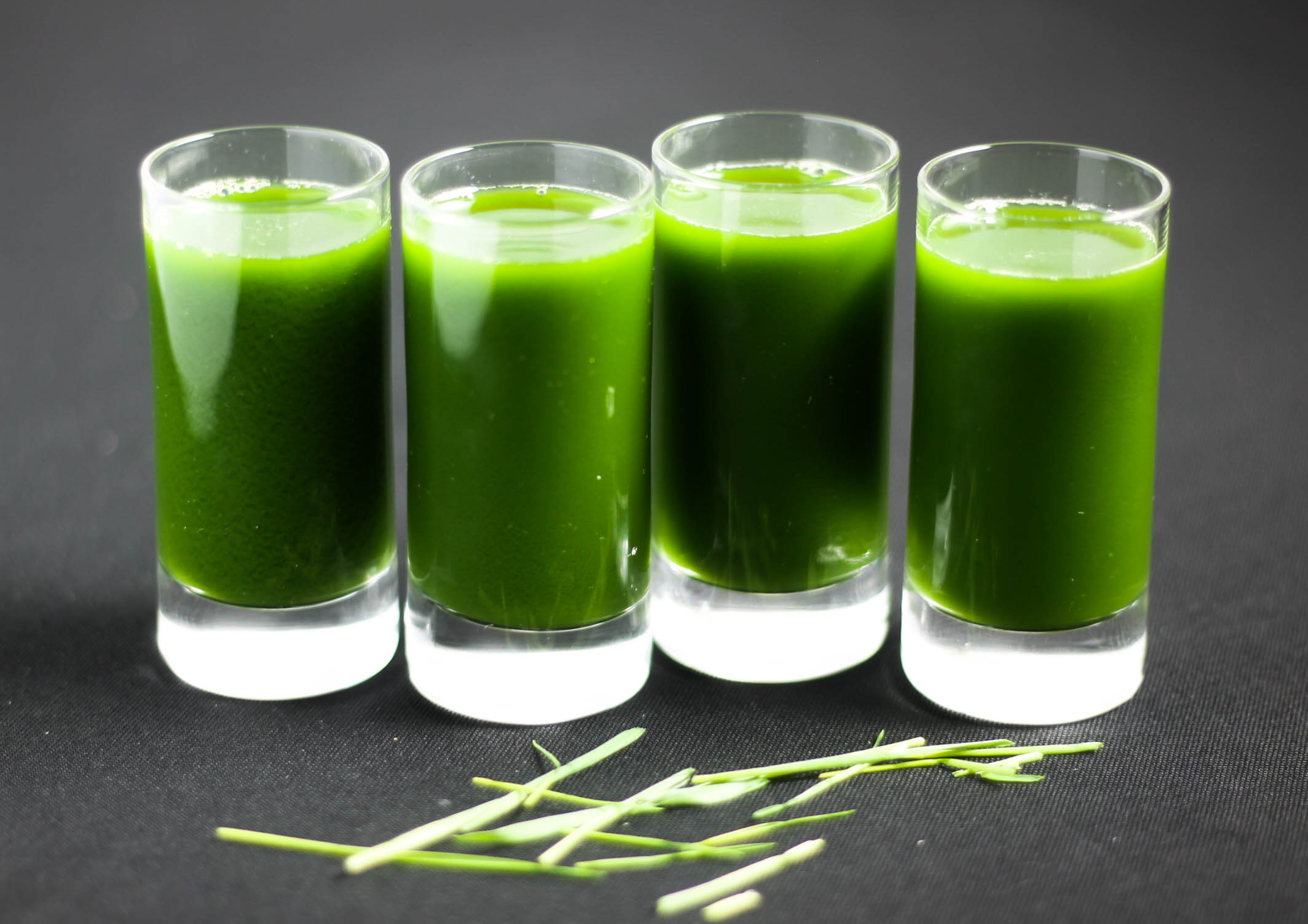

Landscaping Ideas
What Are Wheat Grass Shots Good For
Modified: February 29, 2024
Discover the benefits of wheatgrass shots and how they can enhance your landscaping ideas. Learn about the uses and advantages of incorporating wheatgrass into your landscaping projects.
(Many of the links in this article redirect to a specific reviewed product. Your purchase of these products through affiliate links helps to generate commission for Storables.com, at no extra cost. Learn more)
Introduction
Welcome to the world of wheatgrass shots, a popular health trend that has been gaining momentum in recent years. This vibrant green elixir is derived from the young shoots of the wheat plant, Triticum aestivum, and is renowned for its potent nutritional properties. While the concept of consuming wheatgrass may seem novel to some, its usage dates back to ancient civilizations, where it was revered for its health-boosting attributes.
Today, wheatgrass shots have become a staple in the wellness community, celebrated for their rich nutrient profile and potential health benefits. In this article, we will delve into the nutritional content of wheatgrass, explore the various health advantages associated with wheatgrass shots, discuss potential risks and side effects, and provide insights on how to seamlessly incorporate wheatgrass shots into your daily routine. By the end of this journey, you will have a comprehensive understanding of the wonders of wheatgrass and how it can contribute to your overall well-being.
Key Takeaways:
- Wheatgrass shots offer a powerhouse of nutrients, including vitamins, minerals, and enzymes, supporting detoxification, immune health, and energy levels. It’s a versatile addition to a balanced diet for overall well-being.
- While wheatgrass shots provide potential health benefits, it’s important to be mindful of possible allergic reactions, gastrointestinal discomfort, and medication interactions. Consulting a healthcare professional and starting with small quantities can help ensure a safe and positive experience.
Read more: What Is The Grass That Looks Like Wheat
Nutritional Content of Wheatgrass
Wheatgrass is a nutritional powerhouse, boasting an impressive array of vitamins, minerals, enzymes, and antioxidants. This verdant superfood is packed with essential nutrients, making it a valuable addition to a balanced diet. Here’s a closer look at the key components that make wheatgrass a nutritional standout:
- Vitamins: Wheatgrass is a plentiful source of vitamins A, C, and E, which are renowned for their antioxidant properties. These vitamins play a crucial role in combating oxidative stress and bolstering the immune system.
- Minerals: This vibrant green elixir contains an abundance of essential minerals, including iron, magnesium, calcium, and potassium. These minerals are vital for maintaining proper bodily functions, such as oxygen transport, muscle contractions, and bone health.
- Amino Acids: Wheatgrass is replete with amino acids, the building blocks of proteins. It contains all nine essential amino acids, making it a complete protein source, which is rare in the plant kingdom.
- Chlorophyll: The high chlorophyll content in wheatgrass contributes to its vibrant green hue and offers various health benefits. Chlorophyll is known for its detoxifying properties and may aid in purifying the blood and promoting overall wellness.
- Enzymes: Wheatgrass contains an assortment of enzymes that support digestion and metabolic processes. These enzymes may enhance nutrient absorption and contribute to optimal digestive function.
It’s important to note that the nutritional content of wheatgrass can vary based on factors such as growing conditions, harvesting methods, and processing techniques. Consuming fresh wheatgrass shots or powder made from freeze-dried wheatgrass can help retain the maximum nutritional potency of this superfood.
With its impressive nutritional profile, wheatgrass serves as a concentrated source of essential nutrients, offering a convenient way to fortify your diet with a wide array of vitamins, minerals, and beneficial plant compounds.
Health Benefits of Wheatgrass Shots
Wheatgrass shots are celebrated for their potential to bestow a myriad of health benefits, making them a popular choice for health-conscious individuals seeking to optimize their well-being. Let’s explore the remarkable advantages associated with incorporating wheatgrass shots into your daily routine:
- Detoxification: Wheatgrass is revered for its detoxifying properties, aiding in the elimination of toxins from the body. The high chlorophyll content in wheatgrass is believed to support the body’s natural detoxification processes, promoting internal cleansing and rejuvenation.
- Immune Support: The potent combination of vitamins, minerals, and antioxidants in wheatgrass may help bolster the immune system, enhancing the body’s resilience against environmental stressors and potential pathogens.
- Alkalizing Effect: Wheatgrass is alkaline-forming, which may help balance the body’s pH levels. Maintaining a slightly alkaline internal environment is associated with optimal health and may aid in counteracting the acidic effects of certain dietary and lifestyle factors.
- Energy Boost: The rich nutrient content of wheatgrass, including iron and B vitamins, can contribute to increased energy levels and vitality. Regular consumption of wheatgrass shots may help combat fatigue and support overall energy production.
- Skin Health: The antioxidants and anti-inflammatory properties of wheatgrass may promote skin health and radiance. Some proponents believe that wheatgrass shots can help address various skin concerns and contribute to a clear, glowing complexion.
- Digestive Wellness: The enzymes present in wheatgrass may aid in digestion and support gastrointestinal health. Regular consumption of wheatgrass shots is thought to promote optimal digestive function and may help alleviate occasional digestive discomfort.
It’s important to approach the consumption of wheatgrass shots as part of a holistic approach to wellness, complementing a balanced diet and a healthy lifestyle. While the potential health benefits of wheatgrass are compelling, individual experiences may vary, and it’s advisable to consult with a healthcare professional before making significant changes to your diet or wellness regimen.
By embracing the potential advantages of wheatgrass shots, you can tap into the nourishing properties of this vibrant green elixir and explore how it can contribute to your overall vitality and well-being.
Tip: Wheatgrass shots are a good source of vitamins, minerals, and antioxidants. They may help boost immunity, improve digestion, and reduce inflammation. However, it’s important to consume them in moderation and be aware of potential side effects.
Potential Risks and Side Effects
While wheatgrass shots offer a plethora of potential health benefits, it’s essential to be mindful of possible risks and side effects associated with their consumption. Understanding these considerations can help individuals make informed choices about incorporating wheatgrass shots into their wellness routines. Here’s a closer look at the potential risks and side effects of consuming wheatgrass:
- Allergic Reactions: Some individuals may be allergic to wheatgrass, particularly those with sensitivities to wheat or grass pollen. Allergic reactions can manifest as itching, hives, or respiratory symptoms. It’s crucial to exercise caution, especially if you have known allergies to related substances.
- Gastrointestinal Upset: In some cases, consuming wheatgrass shots may lead to gastrointestinal discomfort, such as nausea, bloating, or diarrhea. This can occur, particularly when introducing wheatgrass into the diet for the first time or when consuming large quantities.
- Bacterial Contamination: If wheatgrass is grown in unsanitary conditions or if proper hygiene practices are not observed during its cultivation and processing, there is a risk of bacterial contamination, which can pose health hazards. It’s crucial to source wheatgrass from reputable suppliers to minimize this risk.
- Interactions with Medications: Individuals taking medications, especially blood thinners or medications that suppress the immune system, should exercise caution when consuming wheatgrass, as it may interact with certain drugs. Consulting a healthcare provider is advisable to assess potential interactions.
- Pregnancy and Breastfeeding: The safety of consuming wheatgrass during pregnancy and breastfeeding has not been conclusively established. As a precautionary measure, pregnant and breastfeeding individuals should seek guidance from their healthcare providers before incorporating wheatgrass into their diets.
It’s important to approach the consumption of wheatgrass shots mindfully, especially if you have pre-existing health conditions, allergies, or concerns about potential interactions with medications. Starting with small quantities and monitoring your body’s response can help gauge individual tolerance and minimize the likelihood of adverse effects.
By being aware of the potential risks and side effects associated with wheatgrass shots, individuals can make informed decisions and take appropriate precautions to ensure a safe and positive experience with this vibrant green elixir.
How to Incorporate Wheatgrass Shots into Your Diet
Incorporating wheatgrass shots into your diet can be a delightful and rewarding endeavor, offering a convenient way to harness the nutritional benefits of this vibrant green elixir. Whether you prefer the convenience of pre-made wheatgrass shots or the creativity of incorporating wheatgrass powder into your culinary creations, there are various ways to integrate this potent superfood into your daily routine. Here are some inspiring ideas for seamlessly incorporating wheatgrass shots into your diet:
- Straight-Up Shots: Embrace the tradition of taking wheatgrass shots as a quick and invigorating wellness ritual. Simply pour a small amount of fresh wheatgrass juice or wheatgrass powder mixed with water into a shot glass and savor the vibrant green goodness.
- Smoothie Booster: Elevate your favorite smoothie recipes by adding a splash of wheatgrass juice or a scoop of wheatgrass powder. Blending it with fruits, leafy greens, and a liquid base creates a nourishing and energizing beverage with an extra boost of nutrients.
- Refreshing Mocktails: Get creative in the kitchen by incorporating wheatgrass shots into mocktail recipes. From vibrant green lemonades to revitalizing herbal tonics, wheatgrass can infuse your non-alcoholic beverages with a refreshing twist.
- Homemade Salad Dressings: Whip up vibrant and nutritious salad dressings by infusing them with a burst of wheatgrass goodness. Incorporating wheatgrass juice or powder into homemade vinaigrettes or creamy dressings can add a delightful touch of green and a nutritional boost to your salads.
- Baking Adventures: Explore the realm of healthy baking by incorporating wheatgrass powder into your baked goods. From vibrant green pancakes to nourishing energy bars, wheatgrass can lend a nutritional punch to your homemade treats.
When incorporating wheatgrass into your diet, it’s essential to consider the quality and source of the product. Opt for fresh wheatgrass juice from reputable sources or high-quality wheatgrass powder made from organic, non-GMO wheatgrass to ensure optimal nutritional benefits.
By infusing your culinary repertoire with the vibrant green essence of wheatgrass, you can embark on a journey of nourishment and creativity, exploring innovative ways to enhance your diet with the nutritional prowess of this verdant superfood.
Read more: How To Get Rid Of Wheat Grass
Conclusion
Embarking on a holistic exploration of wheatgrass shots unveils a world of vibrant nutrition and potential health benefits. From its rich array of vitamins, minerals, and antioxidants to its potential to support detoxification, immune function, and energy levels, wheatgrass has carved a niche as a revered superfood in the realm of wellness.
While the allure of wheatgrass shots is undeniable, it’s crucial to approach their consumption mindfully, considering potential risks and individual tolerances. By acknowledging the potential for allergic reactions, gastrointestinal discomfort, and interactions with medications, individuals can make informed choices and prioritize their well-being.
Incorporating wheatgrass shots into your diet presents an opportunity for culinary creativity and nourishment. Whether enjoyed as straight-up shots, infused into smoothies and mocktails, or incorporated into homemade dressings and baked goods, wheatgrass offers a versatile canvas for culinary exploration, inviting individuals to infuse their daily routines with a burst of vibrant green vitality.
As with any dietary addition, consulting with a healthcare professional can provide valuable insights tailored to individual health considerations, ensuring a safe and positive experience with wheatgrass shots. By embracing the potential benefits of wheatgrass while remaining mindful of potential risks, individuals can savor the nutritional bounty of this verdant elixir and explore how it can contribute to their overall vitality and well-being.
In closing, the world of wheatgrass shots beckons with its verdant allure, inviting individuals to partake in a journey of nourishment, wellness, and culinary creativity. With mindful consideration and a spirit of exploration, the vibrant green essence of wheatgrass can enrich and enliven daily routines, offering a potent dose of nutrition and vitality.
Frequently Asked Questions about What Are Wheat Grass Shots Good For
Was this page helpful?
At Storables.com, we guarantee accurate and reliable information. Our content, validated by Expert Board Contributors, is crafted following stringent Editorial Policies. We're committed to providing you with well-researched, expert-backed insights for all your informational needs.
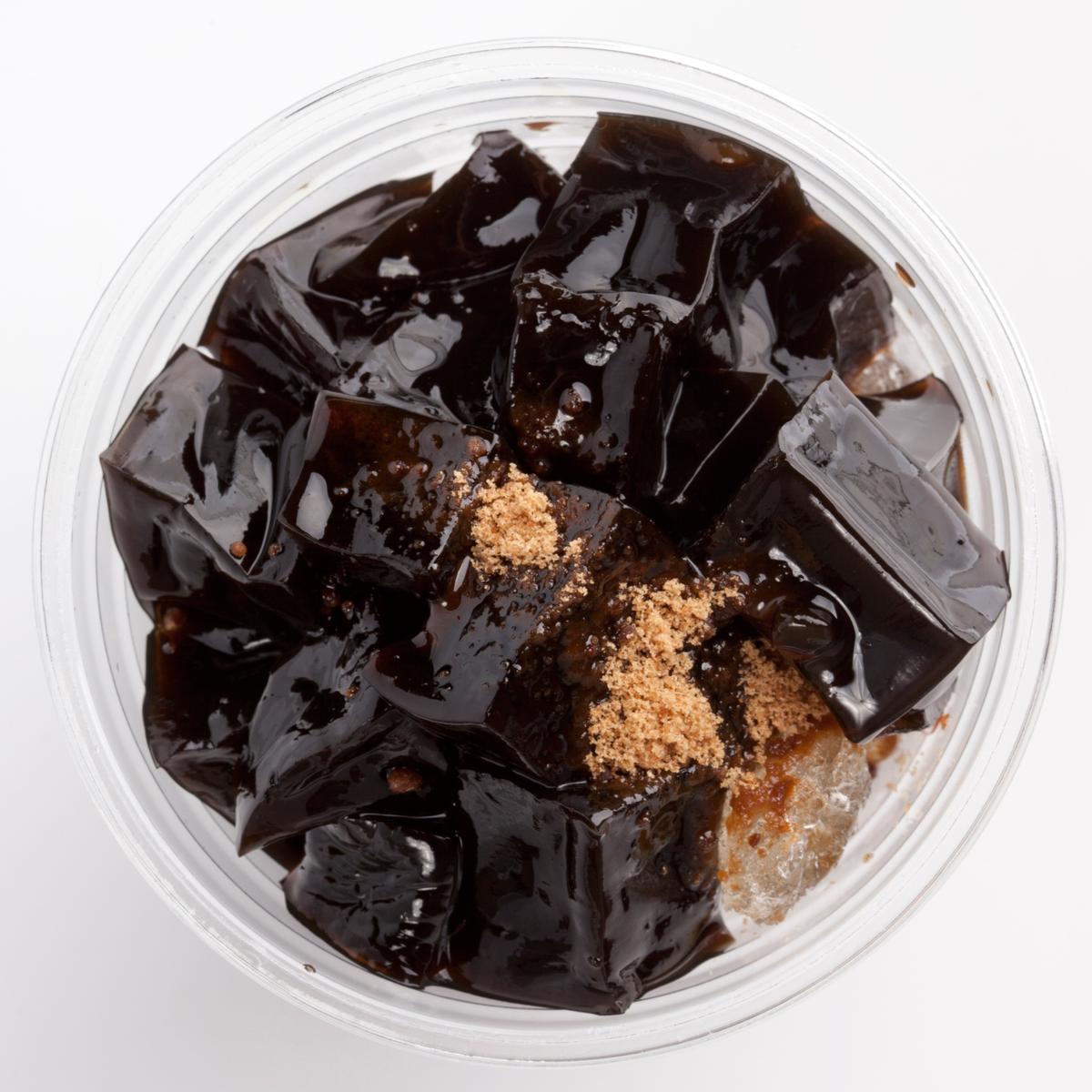

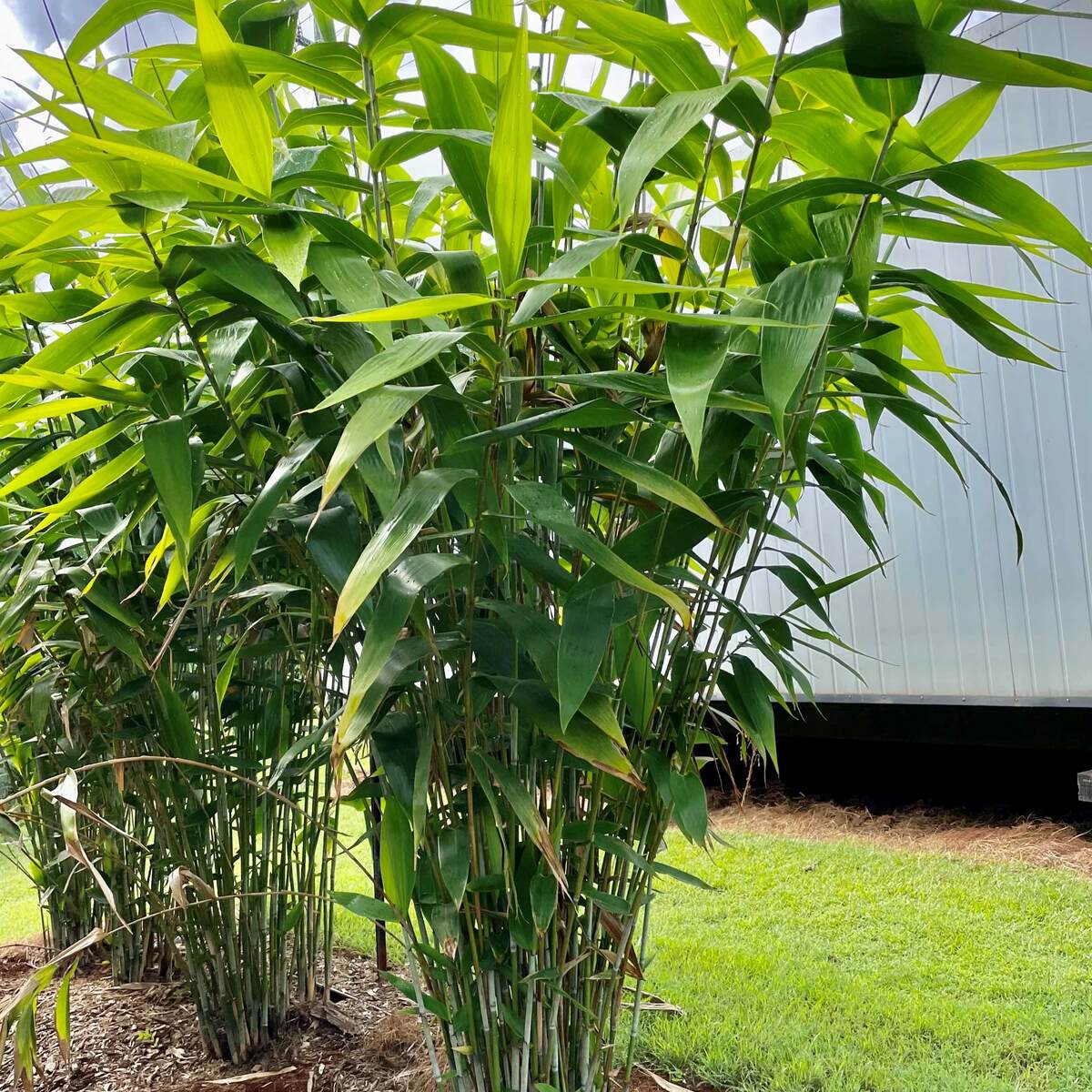
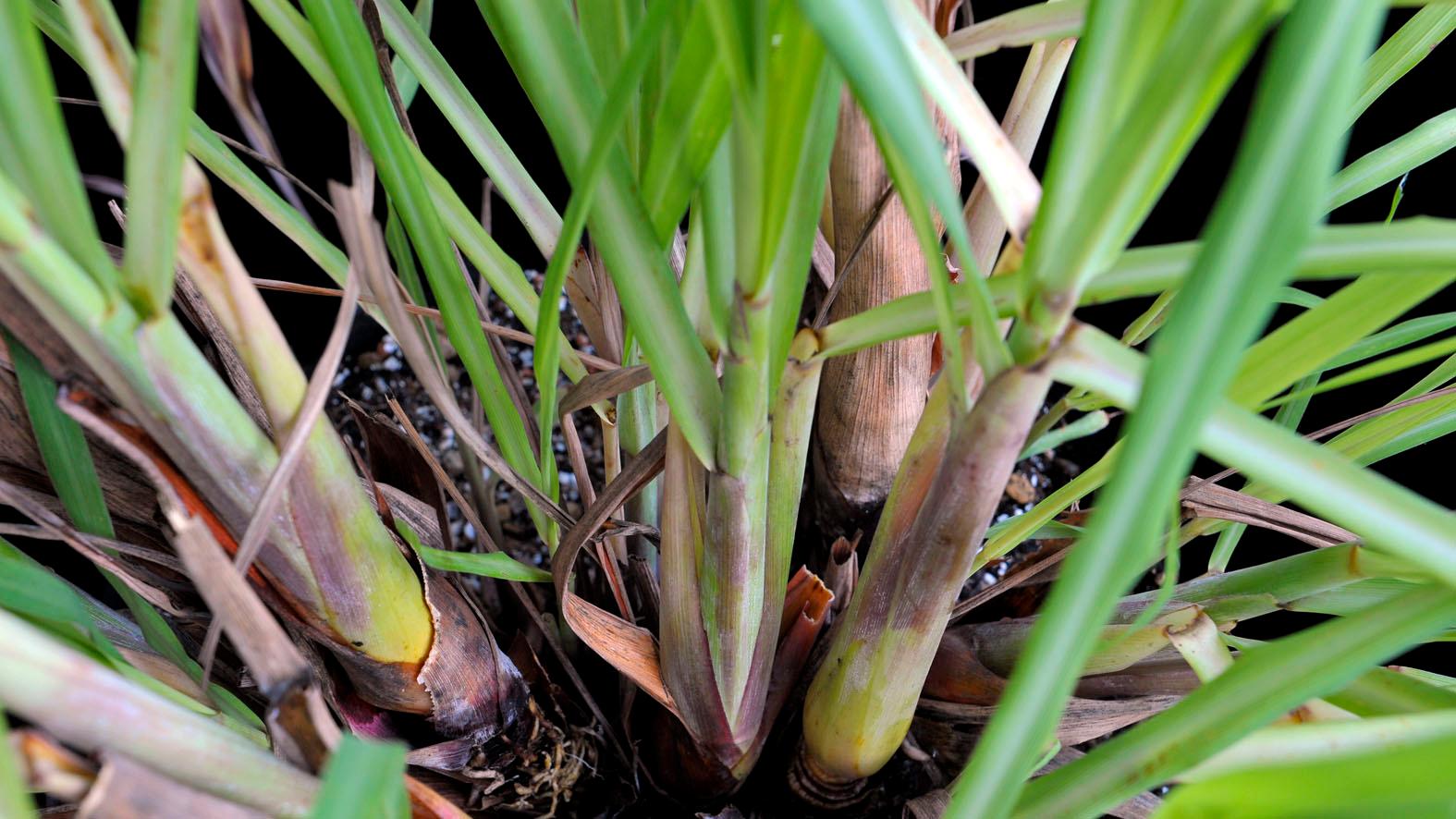
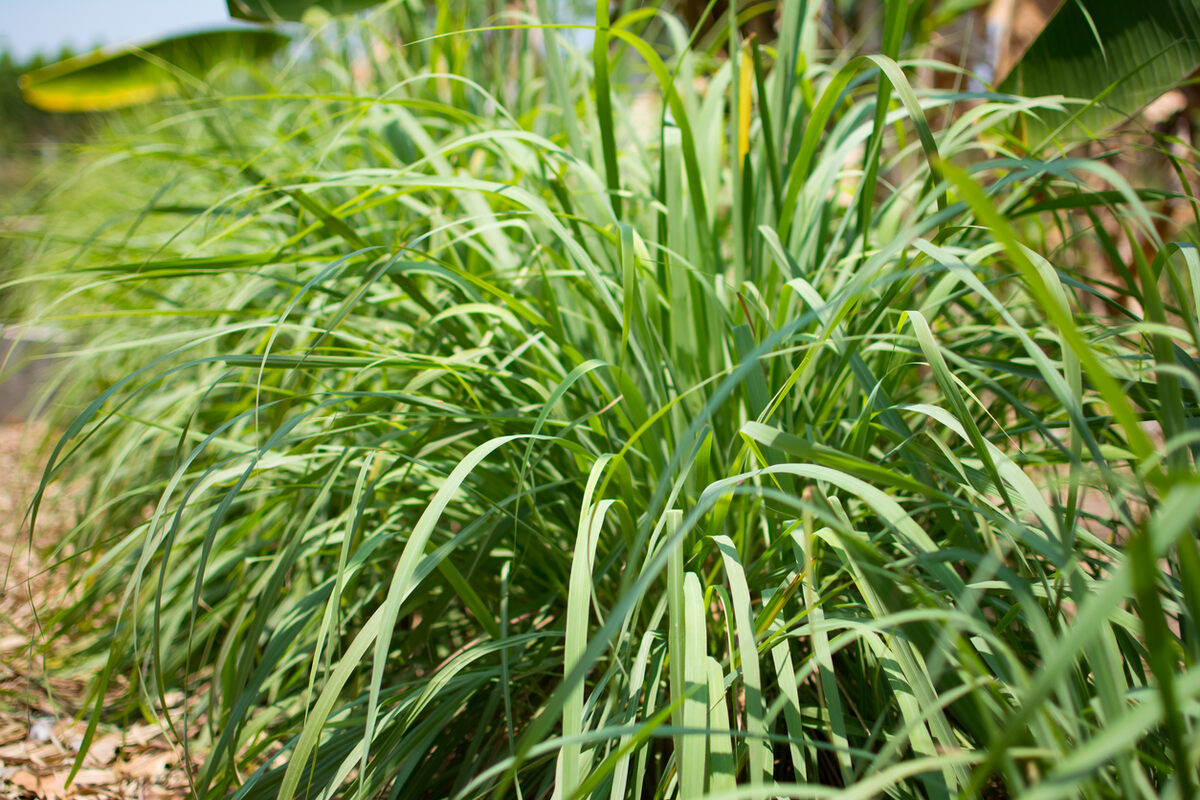
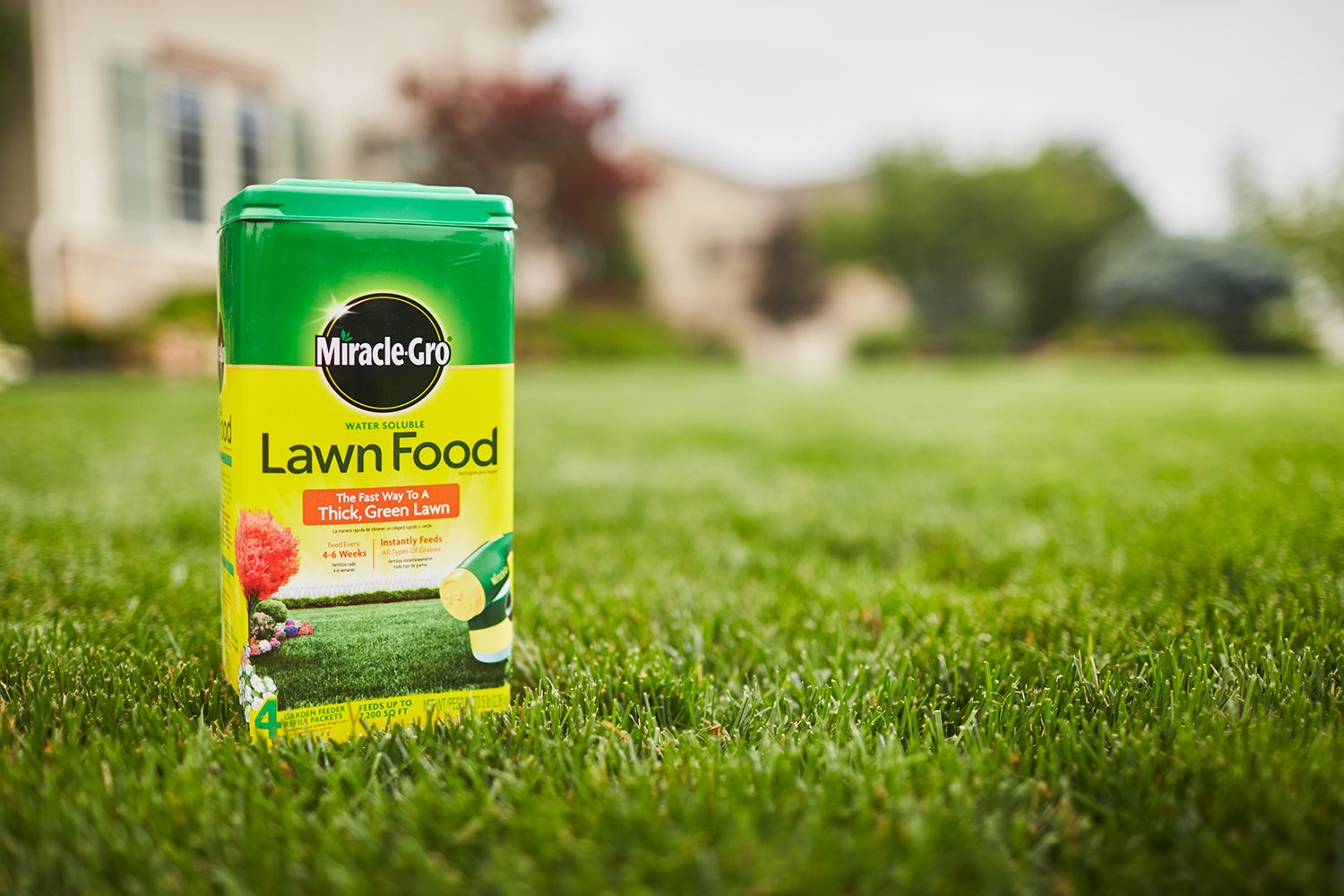
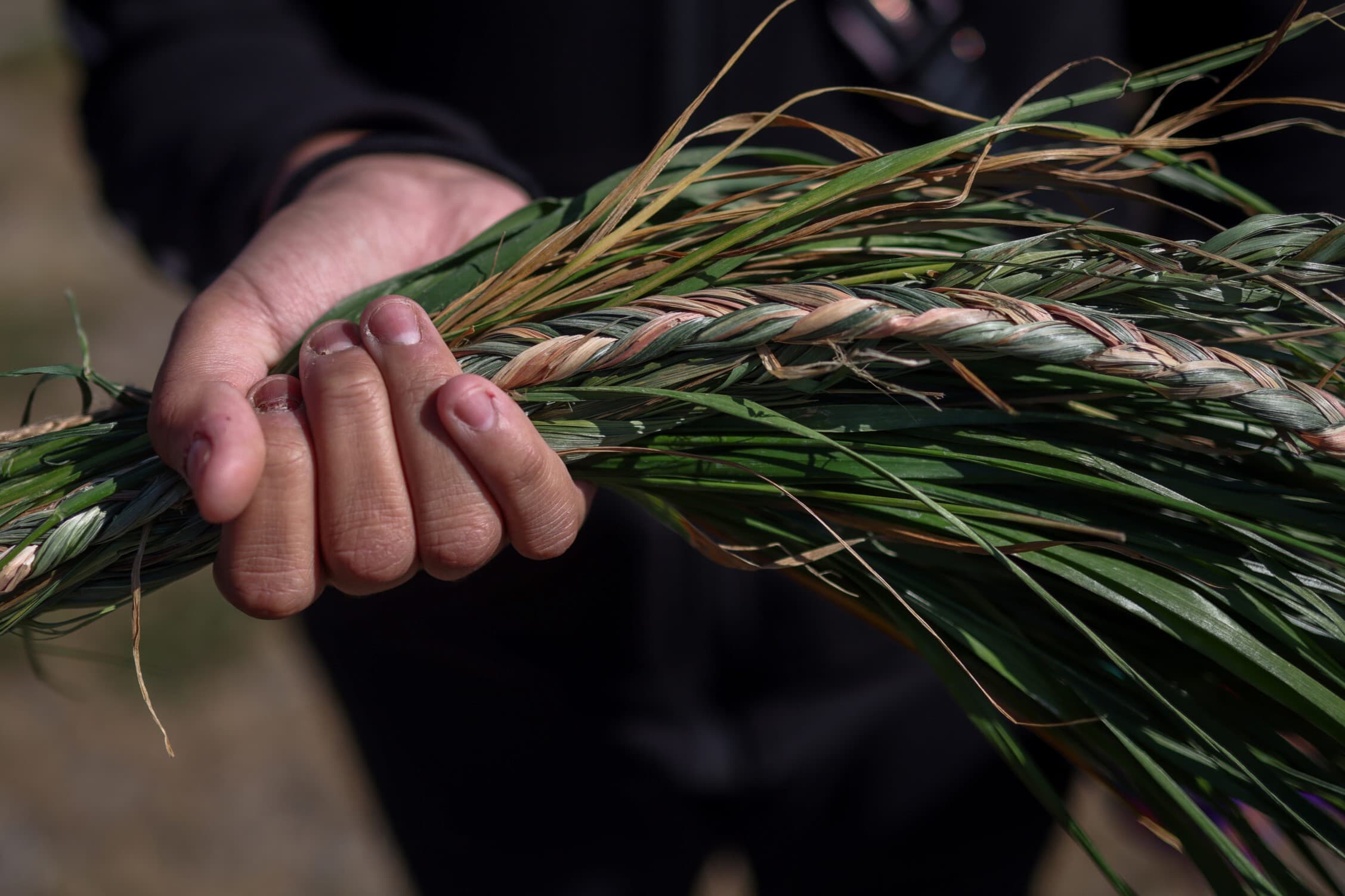


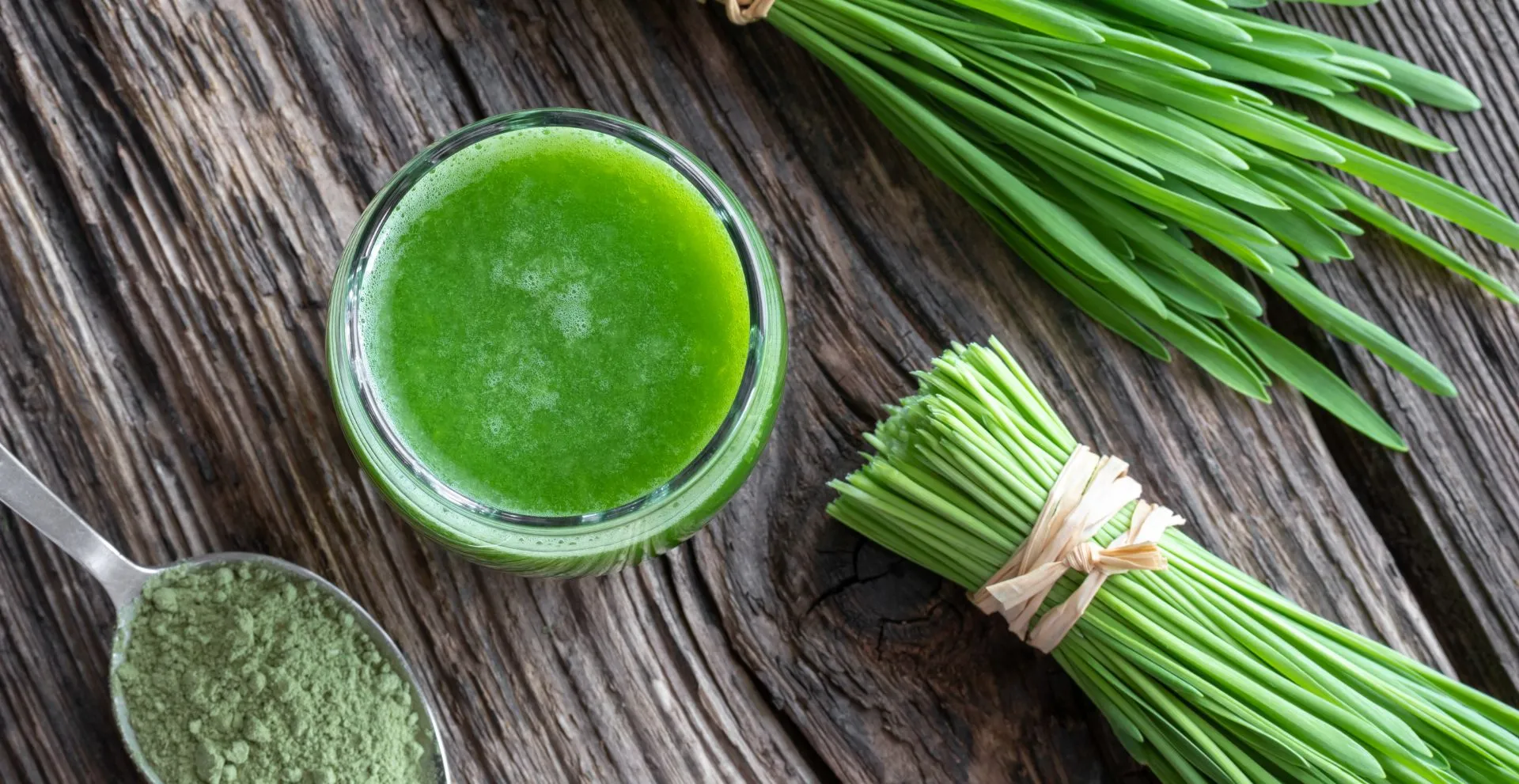
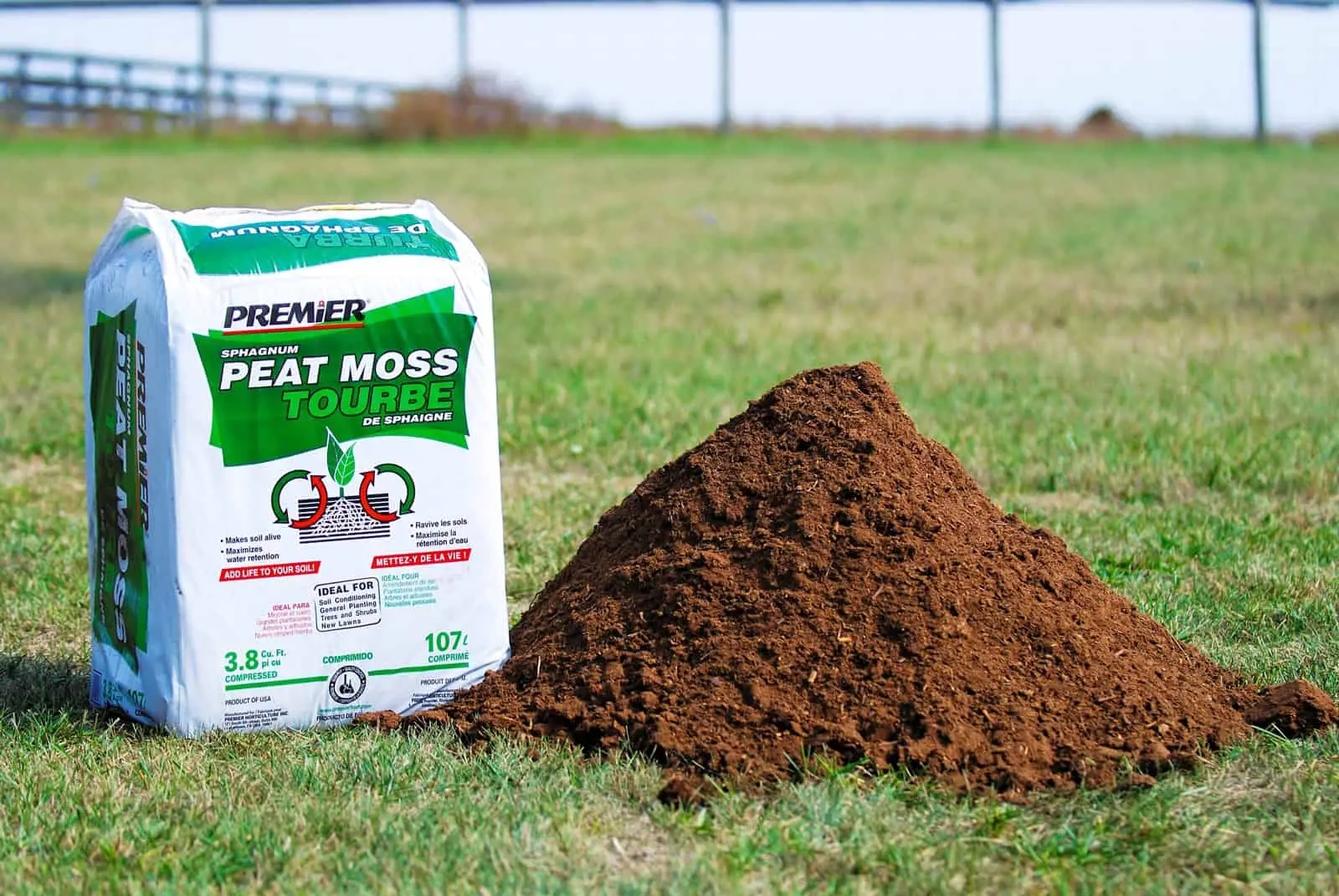

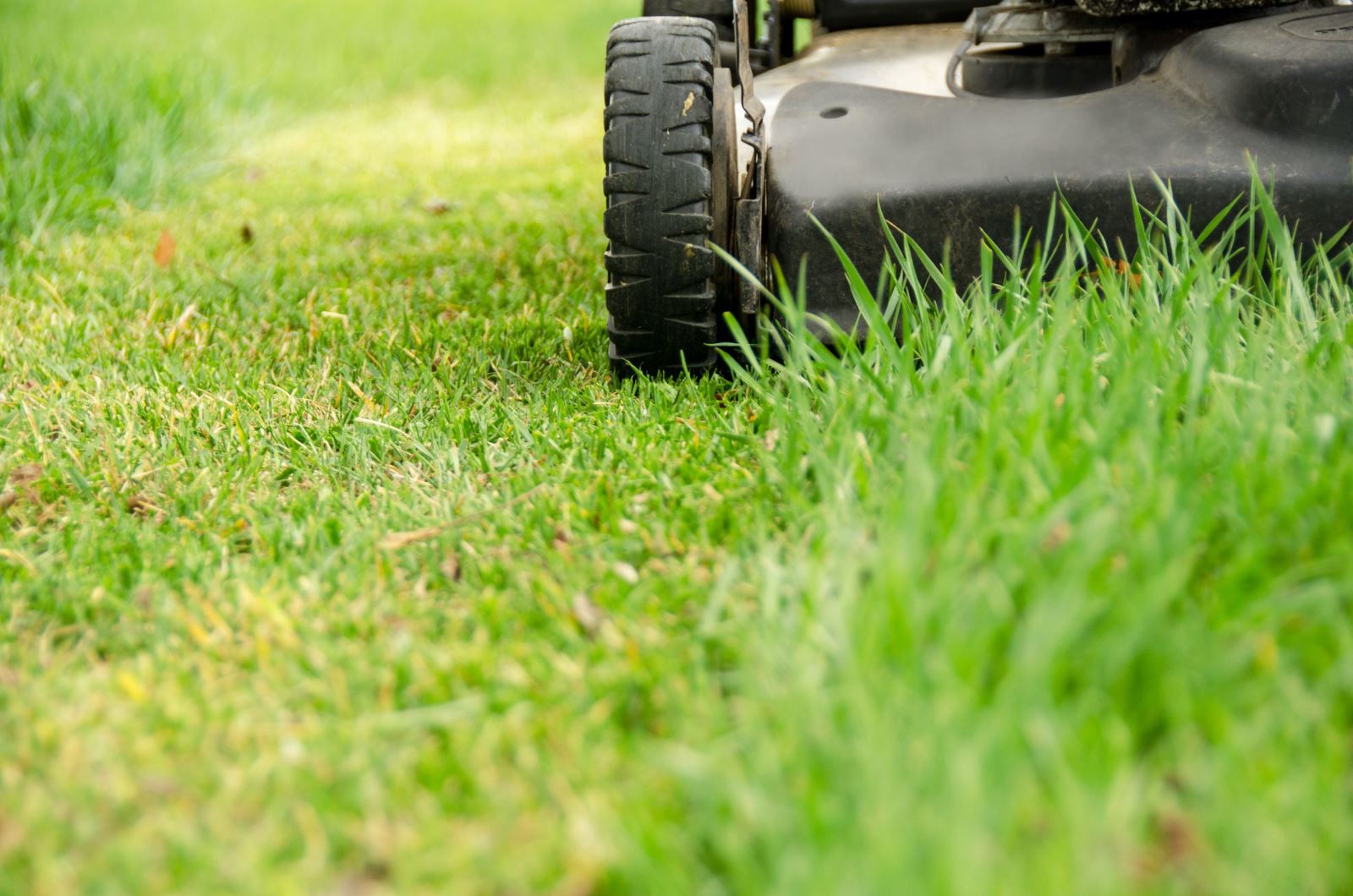


0 thoughts on “What Are Wheat Grass Shots Good For”